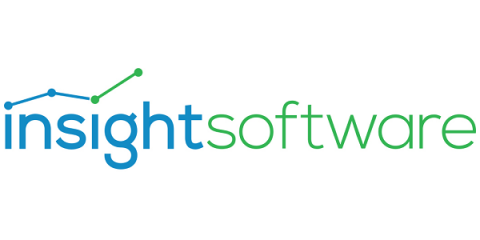Deep Dive into Handling Consumer Fetch Requests: Kafka Producer and Consumer Internals, Part 4
Recap: This is the last part of our four chapters: It’s been a long time coming, but we’ve finally arrived at the fourth and final installment of our blog series. In this series, we’ve been peeling back the layers of Apache Kafka to get a deeper understanding of how best to interact with the cluster using producer and consumer clients. At a high level, a fetch request is comprised of two parts: Let’s dive in.











